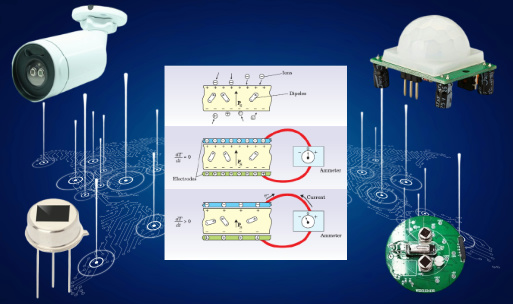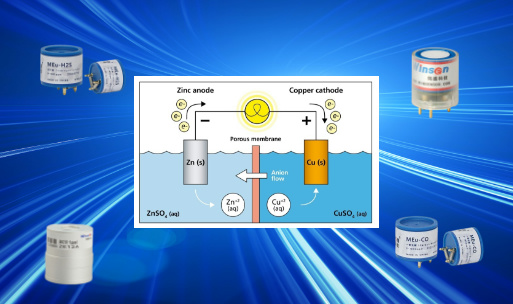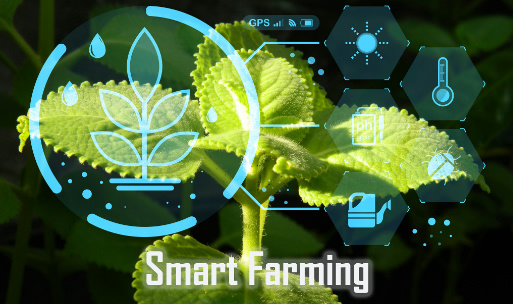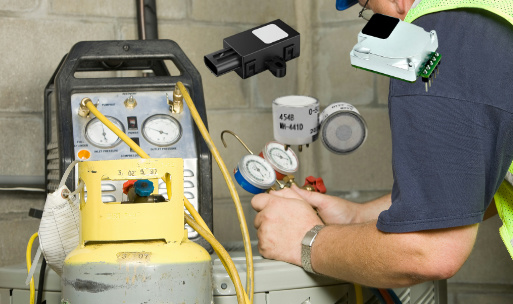Photoacoustic Spectroscopy CO2 Sensor: New Arrival from Winsen
In recent years, the demand for precise and reliable carbon dioxide (CO2) sensors has surged, primarily due to the growing concerns over air quality, climate change, and the need for effective monitoring in various applications. Among the different types of CO2 sensors available, photoacoustic spectroscopy (PAS) sensors stand out for their high sensitivity and accuracy.
Product Recommendations
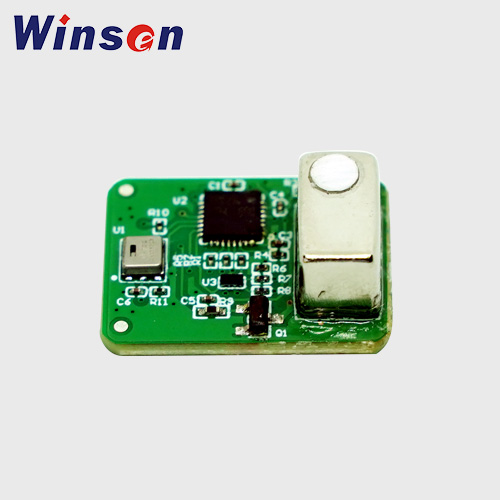
Features
- The latest technology
- UART output to detect CO2, temp.& hum.
- Small size and SMD assembly allowed
- Fast response and high accuracy
- Low power consumption
Product Link: Photoacoustic PAS Carbon Dioxide CO2 Sensor
What is Photoacoustic Spectroscopy?
The Principle of Photoacoustic Effect
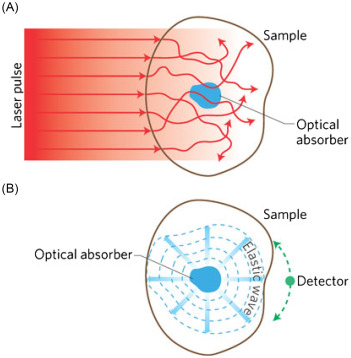
(Source: https://www.sciencedirect.com)
Photoacoustic spectroscopy is based on the photoacoustic effect, where a material absorbs light and subsequently converts that energy into heat. This rapid increase in temperature causes the material to expand, generating an acoustic wave (sound). When specific gases, such as CO2, are exposed to light at certain wavelengths, they absorb the energy and produce sound waves that can be detected and analyzed.
The Working Mechanism of PAS CO2 Sensors
- 1.Light Source: PAS CO2 sensors utilize a tunable laser or a broadband light source. The light is directed toward a gas sample containing CO2.
- 2.Absorption: As the light passes through the gas, CO2 molecules absorb specific wavelengths corresponding to their vibrational transitions. This absorption leads to a localized heating effect.
- 3.Generation of Acoustic Waves: The heated CO2 molecules expand, causing pressure fluctuations in the surrounding air, which generate sound waves.
- 4.Detection: A microphone or an acoustic sensor captures these sound waves. The amplitude of the acoustic signal is directly related to the concentration of CO2 in the sample.
- 5.Data Analysis: The signals are processed and analyzed to determine the CO2 concentration, often using advanced algorithms to enhance accuracy and reduce noise.
Advantages of Photoacoustic Spectroscopy CO2 Sensors
High Sensitivity
One of the most significant advantages of PAS CO2 sensors is their exceptional sensitivity. They can detect low concentrations of CO2, making them ideal for applications where precise measurements are crucial, such as in environmental monitoring and indoor air quality assessment.
Rapid Response Time
PAS sensors offer a quick response time, allowing for real-time monitoring of CO2 levels. This is particularly beneficial in scenarios requiring immediate feedback, such as in greenhouse management or occupational safety.
Wide Dynamic Range
PAS sensors can operate effectively across a wide range of CO2 concentrations. This versatility makes them suitable for various applications, from industrial processes to ambient air monitoring.
Minimal Interference
Due to their specific detection mechanism, PAS sensors are less affected by other gases present in the environment. This characteristic enhances their accuracy in complex mixtures, where traditional sensors may struggle.
Compact and Portable Design
Many PAS CO2 sensors are designed to be compact and lightweight, making them suitable for portable applications. This portability is essential for field measurements and mobile monitoring solutions.
Applications of Photoacoustic Spectroscopy CO2 Sensors
Environmental Monitoring
PAS CO2 sensors play a vital role in monitoring atmospheric CO2 levels. They are used in environmental research to study climate change, track greenhouse gas emissions, and assess air quality in urban areas.
Indoor Air Quality Assessment
Maintaining optimal indoor air quality is crucial for health and productivity. PAS sensors are widely employed in residential, commercia settings to monitor CO2 levels, ensuring adequate ventilation and reducing health risks associated with high CO2 concentrations.
- Home Ventilation Systems: PAS CO2 sensors can be installed in home ventilation systems to provide real-time data on indoor air quality. Homeowners can monitor CO2 levels and adjust ventilation settings to ensure a healthy living environment.
- Air Purification: When CO2 levels rise, indicating poor ventilation, smart air purifiers can activate automatically, ensuring that indoor air remains clean and fresh.
- Office Spaces: Integrating PAS CO2 sensors into office HVAC systems can help maintain optimal air quality, enhancing comfort and reducing absenteeism. By adjusting ventilation rates based on occupancy, businesses can save on energy costs while ensuring a healthy work environment.
- Retail Environments: In retail spaces, maintaining a pleasant atmosphere is essential for customer satisfaction. PAS CO2 sensors can help manage air quality, ensuring that customers enjoy a comfortable shopping experience.
- Integrated Air Quality Systems: Modern vehicles can integrate PAS CO2 sensors to monitor cabin air quality. By automatically adjusting air circulation and activating filtration systems when CO2 levels rise, these sensors enhance passenger comfort and safety, especially in urban environments with high pollution levels.
- Monitoring in Hospitals: Hospitals can utilize PAS CO2 sensors to continuously monitor air quality in patient rooms and common areas. By ensuring that CO2 levels remain within safe limits, healthcare providers can create a healthier environment for patients and staff.
Greenhouse Management
In agricultural applications, particularly in greenhouses, CO2 levels significantly affect plant growth. PAS CO2 sensors enable precise monitoring of CO2 concentrations, allowing for controlled environments that maximize crop yield and quality.
Conclusion
Photoacoustic spectroscopy CO2 sensors represent a powerful tool for monitoring carbon dioxide levels across various applications. Their high sensitivity, rapid response time, and minimal interference make them ideal for environmental monitoring, indoor air quality assessment, greenhouse management, and industrial applications. While challenges remain, ongoing advancements in technology and integration with smart systems promise to enhance their capabilities and broaden their adoption. As we continue to address the pressing issues of climate change and air quality, PAS CO2 sensors will undoubtedly play a vital role in shaping a sustainable future.
